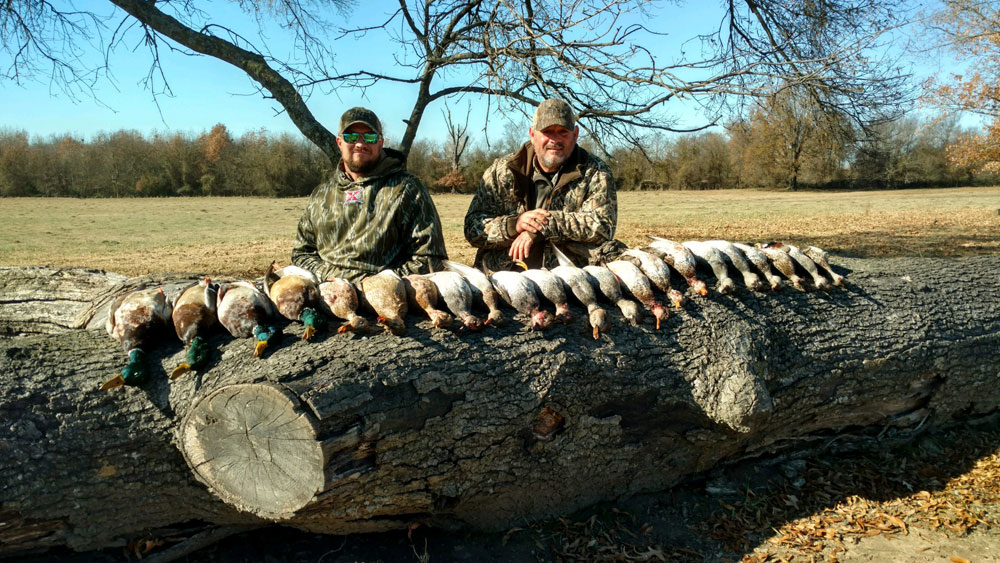
Duck and goose seasons are cranking up all over the country right now and early season waterfowling usually means warmer weather.
Sure we all want big north winds pushing in a cold front that accompanies flights of new birds to the area. However, this is not always the case. If you want to be successful when the mercury is rising instead of falling, you had better change things up a bit.
Hunting season is too short to wait for it to get cold and be “duck hunting weather.” You certainly won’t find out at the house. Here are a few tips and tricks to maximize your time out in warmer weather early season conditions.
- Watch the wind. Typically warm weather means south winds or very little wind. If this is the case, I will employ several motion decoys such as a Higdon Pulsator, Wonder Duck Cyclone or the ever reliable jerk rig. You don’t want your dekes looking like the stone statues at Easter Island. We all know it is hard to decoy birds on glass flat water and adding ripples to your spread can make a huge difference in your strap at the end of the hunt.
- Hunt Early. Birds will usually feed very early then loaf most of the day until they decide to fly towards the roost. Try and find an area to capitalize on the early feed that provides both feeding and loafing areas close by to appeal to more local birds in the area.
- Be Prepared. Make SURE you have a Thermocell, bug spray and plenty of water with you on early season warm weather hunts. When you are in waders and camo, you will sweat and get a lot hotter than you would think as these clothes aren’t designed to breathe that well.
- Layer Up. If you are making a long boat ride, make sure you can ditch your jacket before the hunt begins as once the sun rises, so will the temps. If you are walking in, be cognizant of how much you will sweat and wear moisture-wicking clothes to keep you dry.
- Decoys. If possible carry as many decoys as you can this time of year. Birds will be looking for something more appealing than the typical rig you see at the ramp. I like a highly visible spread this time of year to get the attention of birds that may have had zero intentions of giving me a pass. Try and incorporate some Canada goose, pintails and wood ducks in your spread. These are three species that are very colorful and birds can see from afar and will add variety to your spread as well.
- Calling. I feel as though early season usually means fairly stale birds. So I will keep the calling at a low pace unless I see that I am losing birds and more calling is turning them. It is far easier to start off low and go up from there, rather than starting out at max volume and cadence.
Well guys, there is nothing we can do about what Mother Nature hands us. All we can do is be prepared to the best of our abilities. Give some of these tips a shot for the early season, and I bet the sweat on your brow will be worth it with a strap of birds to show for your efforts.






























